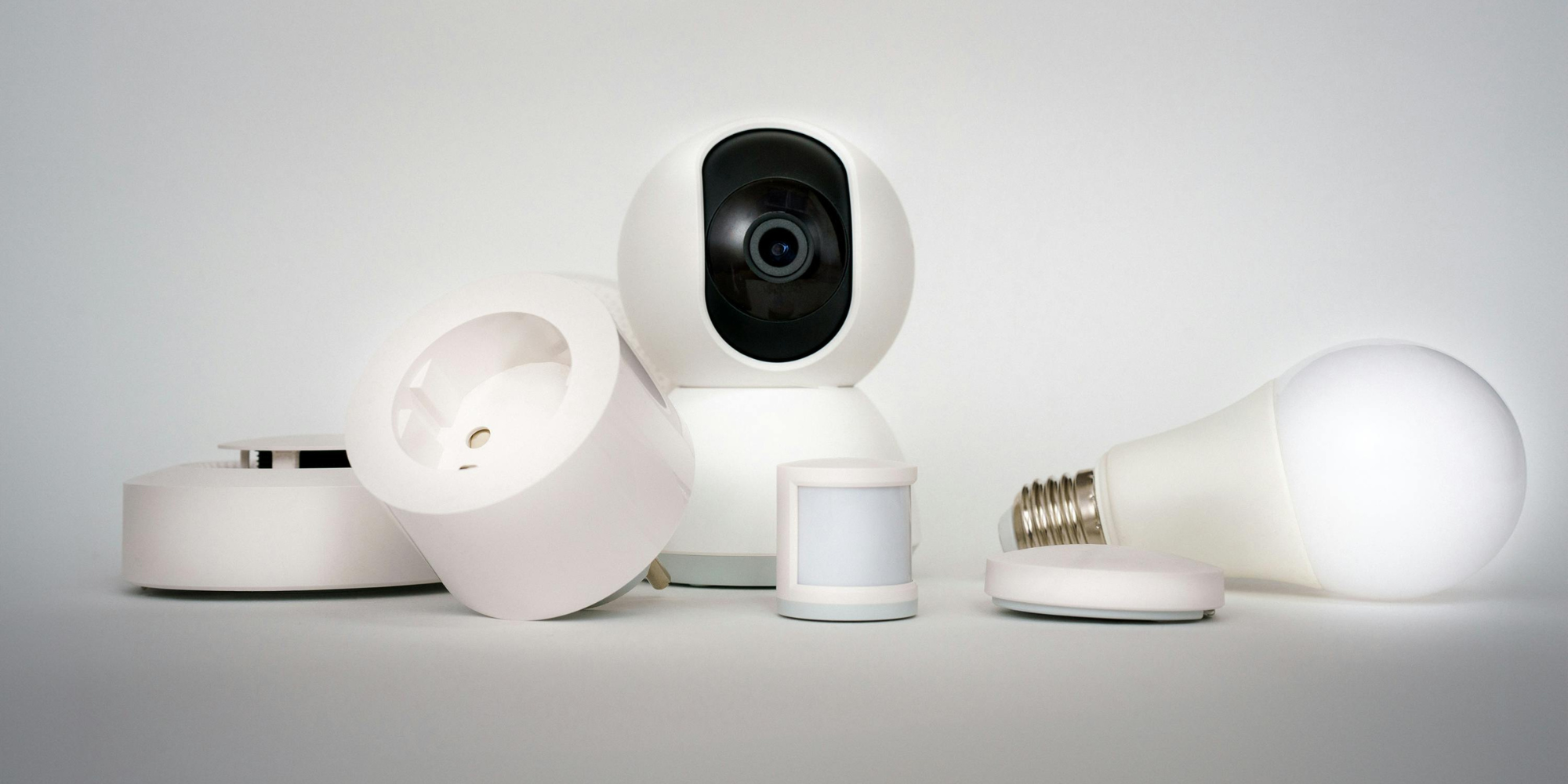How Smart Home Devices Impact Your Electrical System
From voice-controlled lights to smart thermostats and doorbell cameras, smart home devices are revolutionizing how we live. They offer unmatched convenience, improved energy efficiency, and even enhanced security. But as these gadgets become more common in Colorado Springs homes, it's important to ask: how do smart home devices impact your electrical system?
Whether you're adding a few smart plugs or planning a full home automation setup, here's what you need to know to keep your electrical system safe, efficient, and ready for the future.
1. Increased Demand on Your Electrical System ⚡
Every smart device you install—whether it’s a Wi-Fi-enabled light bulb or a smart fridge—adds to your home's overall electrical load. While each device may draw a small amount of power individually, the combined demand can be significant, especially in homes with older electrical systems.
Potential issues include:
Tripped breakers
Overloaded circuits
Shortened lifespan of your panel or wiring
🔧 Tip: If you're adding multiple devices, consider an electrical panel inspection to ensure your system can handle the extra demand.
2. Dependence on a Reliable Power Supply 🔌
Smart home devices rely on continuous electricity to function properly. If you live in an area prone to power outages or have an aging panel, your devices may be frequently disrupted—or even damaged.
Solution:
Install a whole-home surge protector or consider a panel upgrade to provide stable, consistent power to your smart home network.
3. Wi-Fi and Electrical Interference 📶
Smart devices often use wireless signals to communicate with each other. However, if your wiring isn’t properly grounded or you're using outdated outlets, it can lead to interference or inconsistent performance.
Examples:
Smart lights that don’t respond properly
Intermittent disconnections from smart cameras or sensors
✅ Fix: An electrician can ensure proper grounding and shielding for your system to minimize interference and maximize performance.
4. Need for Upgraded Outlets and Switches 🧱
Some smart devices require specific outlet types, USB ports, or neutral wires that may not be present in older homes. Retrofitting your electrical system can ensure compatibility with newer technologies.
Common upgrades:
Smart-compatible light switches and dimmers
USB-integrated wall outlets
GFCI and AFCI protection for code compliance
5. Potential for Greater Energy Efficiency 🌱
The good news? Smart home technology can reduce energy usage—if your electrical system supports it properly. Smart thermostats, lighting, and power strips can cut your utility bill when paired with an efficient, well-maintained electrical setup.
💡 Bonus Tip: Many smart devices offer energy monitoring features that help you track usage and pinpoint waste.
Thinking About a Smarter Home? Start with a Safer One.
Before you load up your home with smart devices, it’s crucial to ensure your electrical system can keep up. At American Electrician & Heating, we help Colorado Springs homeowners safely upgrade and optimize their homes for smart technology.
From panel upgrades to surge protection and custom outlet installations, we’ll make sure your system is ready for whatever tech comes next.
📞 Contact us today for an electrical evaluation and make your smart home safe, efficient, and future-proof!
Looking for help in Wyoming? Check out our Friends over at Marv’s Plumbing & Heating! For more information, click the link below!

